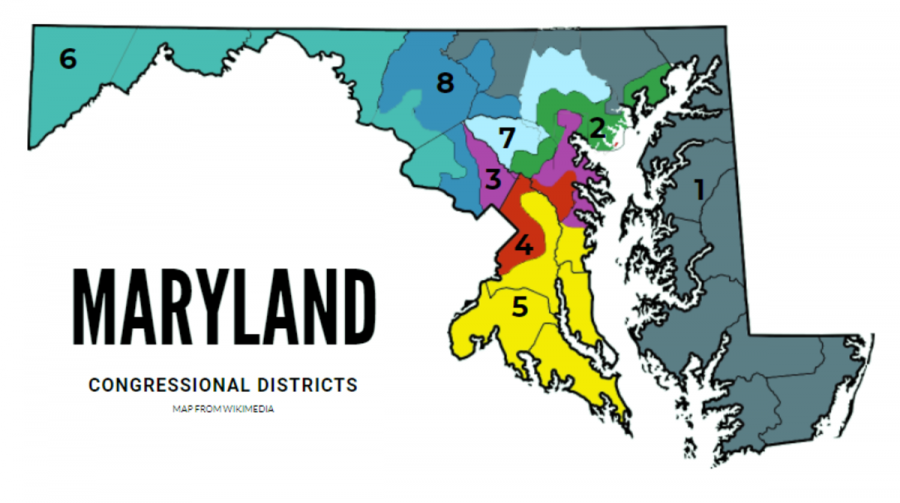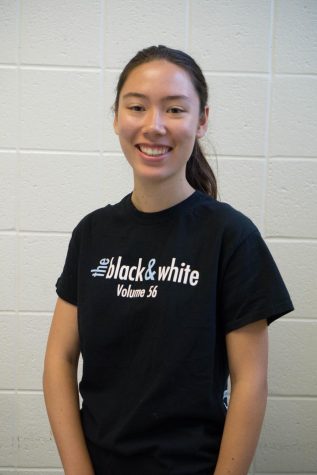Supreme Court to hear MD gerrymandering case
March 23, 2018
The Supreme Court will hear a case about Maryland’s partisan gerrymandering on March 28. The case, Benisek v. Lamone, was filed by Republican voters who claim congressional districts drawn by the Democratic state legislature violate their constitutional rights.
The case focuses on Maryland’s 6th district in Western Maryland, which the legislature redrew in 2011. After Democrats added heavily Democratic portions of Montgomery County to the district, John Delaney (D) unseated 20-year incumbent Roscoe G. Bartlett (R). Former governor Martin O’Malley testified in 2017 that as part of his intent in redrawing district lines, he planned to give Democrats the upper hand in congressional elections.
“This case is unlike any previous challenge to partisan gerrymandering,” the Republican voters’ lawyer, Michael B. Kimberly, wrote in his appeal in September. “The fact that a gerrymander successfully changes the outcome of an election is strong evidence that the burden inflicted is real.”
The voters allege that the state violated the First Amendment by punishing them for casting their ballots a certain way. The amendment prohibits government officials from retaliating against individuals exercising protected speech.
“Majority parties draw partisan gerrymanders for practical reasons, not academic ones—they do it to suppress political support for the opposition and, ultimately, to change electoral outcomes,” the seven Republican voters charged in a brief.
Many believe that gerrymandering gives an extra and potentially unfair advantage to the party in power. In fact, 71 percent of Americans, with bipartisan majority support, would like the Supreme Court to define a standard that ends extreme partisan gerrymandering, according to a 2017 Campaign Legal Center survey.
“It’s inaccurate representation of what the electorate looks like,” junior Callia Chuang said. “And because [realignment elections are] every ten years, huge decisions are made based on the results of one election. They have repercussions for the next ten years, and I don’t think that’s fair.”
Some also theorize that gerrymandering can contribute to polarized politics and gridlock.
“We’ve got districts that are drawn scientifically to elect a certain party, and then that representative feels free to just stick to the party line,” AP NSL teacher Colin O’Brien said. “They feel like they’re insulated from the voters. So they’re not forced to compromise and seek moderate middle ground on issues.”
Benisek is one of two purely partisan redistricting cases taken by the Supreme Court in the past 13 years. The Court heard the other, Gill v. Whitford, on Oct. 3 and it will likely be decided in June. Gill challenges Wisconsin’s statewide map on 14th amendment equal protection grounds.
The two cases could set a crucial constitutional precedent, the Washington Post reported.
“The cases could reshape the way American elections are conducted,” the Post wrote. “The Supreme Court has never thrown out a state’s redistricting efforts due to partisan gerrymandering, and political parties consider drawing the map one of the perks of being in charge of state government.”
Although a solution to gerrymandering has historically eluded the court, O’Brien said he remains hopeful that they can find a way to address it fairly.
“I feel it’s not a partisan issue at all. It’s something I can share my view and be passionate about, because it’s not a liberal or conservative thing, it’s not Republican/Democrat,” O’Brien said. “It’s just something I think is fairness.”










